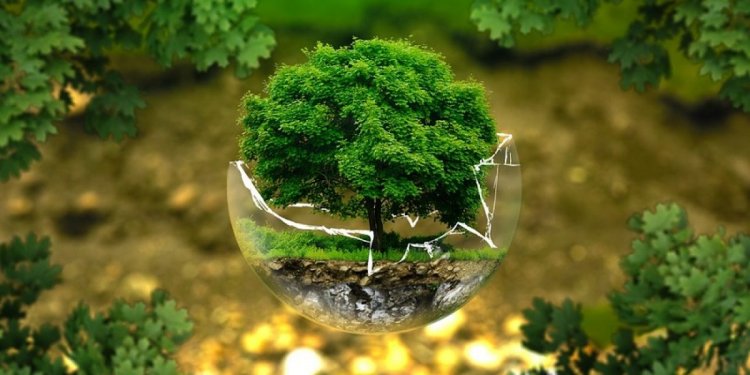Conservation Biology Profile
The mission of the Conservation Biology Department’s (CBD) is to undertake research on the ecology and conservation of non-human primates, as well as other endangered mammal species and their habitat, and contribute to addressing the pertinent global problems of biodiversity threat and increasing rate of species extinction.

The mission of the Conservation Biology Department’s (CBD) is to undertake research on the ecology and conservation of non-human primates, as well as other endangered mammal species and their habitat, and contribute to addressing the pertinent global problems of biodiversity threat and increasing rate of species extinction. Amid the six human-driven mass extinction of biodiversity (Anthropocene), primates face a higher risk of extinction than any other mammalian taxa given their habitat sensitivity and exacerbated forest loss. The survival is further complicated by the ever-increasing human population, bushmeat consumption and trade, climate change and human-wildlife conflict. Thus, Kenya being one the primate range countries and supporting about 19 different primate species and subspecies, whereby two are among the topmost world threatened primates, primate conservation remains a priority in the country’s biodiversity conservation efforts. Institute of Primate research and through CBD remains a relevant government agency in helping the country to achieve its conservation goals particularly in conserving and protecting the primate biodiversity.
The Departmental fieldwork is concentrated in: Mathew’s range – where the focus is on behavioural studies and demographic monitoring of de Brazza’s monkey and Percival’s black and white colobus monkey; lower Tana River – where long term monitoring of the Tana River red colobus and Tana River mangabey has been going on; Injara – which is the Hirola field site, Chyulu hills where the area of interest is community involvement in addressing local resilience and adaptation to Climate change besides biodiversity monitoring, Laikipia landscape – where work climate change, land uses changes and zoonotic infection, and the Kitale field site where the Mau guereza and de Brazzas monkey are monitored for potential zoonosis
What's Your Reaction?















